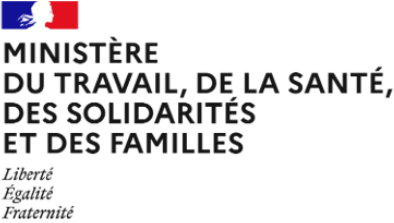Votre question concerne quel type d'offre ?
Votre question concerne quel couloir Ségur ?
Votre question concerne quel dispositif Ségur ?
Votre question concerne quel produit ou service produit?
Votre question concerne quelle thématique ?
Ce référentiel s'applique aussi aux DMN adressant d'autres pathologies que les 5 du programme ETAPES. Il s'agit alors d'une inscription en nom de marque.
Cette réponse vous a-t-elle été utile ?
Un industriel de dispositif médical numérique peut s’inscrire en nom de marque lorsqu’il ne répond à aucune ligne générique inscrite ou qu’il revendique une amélioration de la prestation médicale rendue possible par son dispositif médical numérique.
Cette réponse vous a-t-elle été utile ?
La demande de certification est à déposer sur la plateforme Convergence, dans le parcours nom de marque.
Cette réponse vous a-t-elle été utile ?


